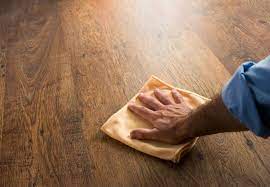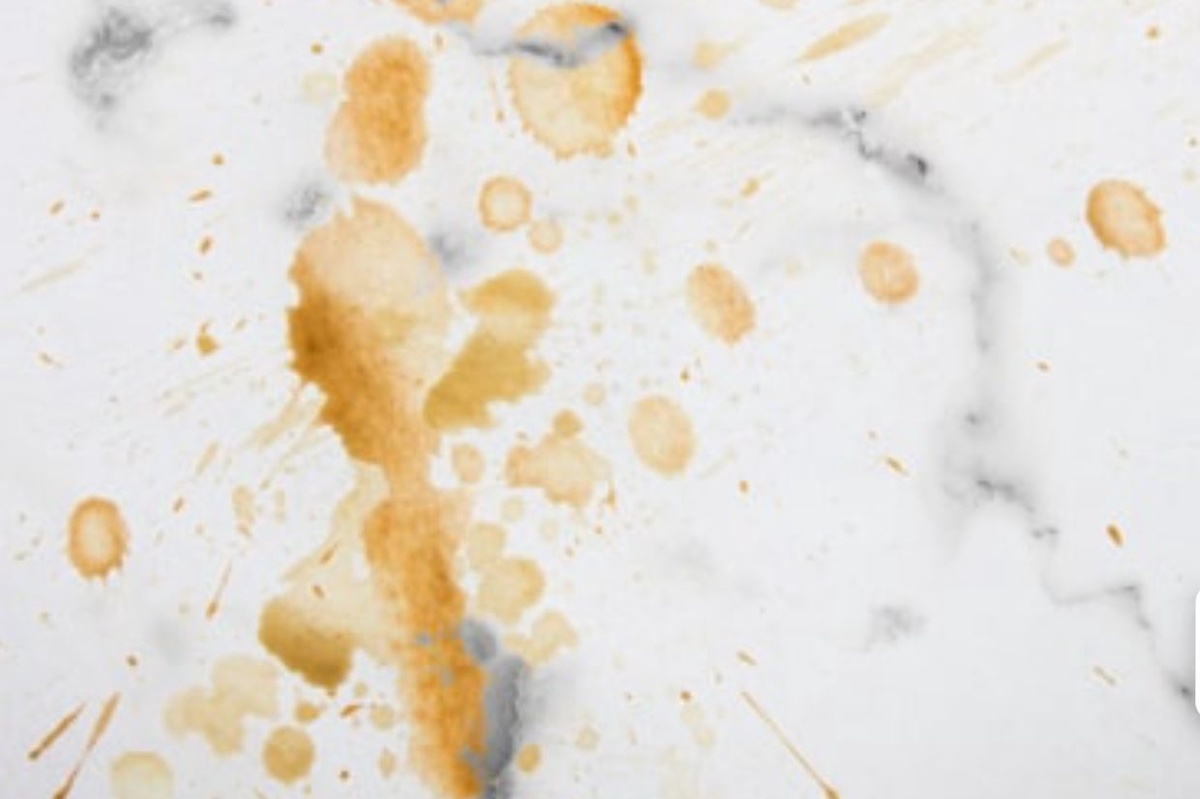Effective Ways to Remove Acid Stains from Floor Tiles
Acid is a strong liquid that people use for many things, like cleaning stuff. But be careful because acid can be both helpful and harmful. It can clean things, but if it’s too strong, it might ruin what you’re trying to clean, like your floor tiles. The bad part is that the damage it causes can’t be fixed easily. So, how do you get rid of acid stains on your floor tiles?
If you leave acid on a tile for a long time, it can really mess up your floor. So, you need to fix it as soon as you can. Here are some things you can use to clean acid stains from your floor tiles. if you don’t have time and you need professional floor cleaning services visit clean it to the max
Why Worry about Acid Stains?
On a floor made of tiles, the tiles are a big part of it. But there’s also something called grout, and if you have furniture, that’s there too. Sometimes, stains that look like acid marks can happen for a few reasons:
- It could be from the acid stuff people use to clean things.
- Sometimes, acid can spill from a container, like a battery.
- If you use things like lemon, bleach, or other chemicals that are kind of like acid to clean the floor, that can cause stains too.
But it’s not just the tiles you should be worried about. The grout is important too. Grout is the stuff that’s in between the tiles, and it helps stop things like water from getting under the tiles. This helps keep the floor and tiles in good shape for a long time.
When acid touches the grout, it can damage it and make little gaps where water and moisture can sneak in between the tiles. There are some special types of grout called epoxy and furan resin grouts that are better at dealing with strong chemicals that are either very acidic or very alkaline.
Some types of tiles, like glazed vitrified tiles, can handle a little contact with mild acid or things that are a bit like acid. But there are also tiles made especially to resist alkalis, which are another kind of chemical. Most of the glazed ceramic tiles and polished glazed vitrified tiles used in homes can handle mild chemicals, but if they get something on them, it’s a good idea to clean it up quickly.
In big places like factories, they use special tiles that can handle chemicals better. These tiles are resistant to alkalis and come with furan resin grouts, which is a strong type of grout that can take a lot of chemical exposure. But these industrial tiles are not usually recommended for homes and offices because they’re made for really tough chemical situations.
So, in simple words, be careful with chemicals around your tile floor, especially the grout, and try to clean up any spills quickly. If you’re in an industrial place with lots of chemicals, they use special tiles and grout to handle them.
Learn How to Remove Stains from Grout
How to Remove Acid Stains from Floor Tiles

By using Baking Soda
If you spilled something acidic on your floor and it’s still fresh, the best way to clean it up is by using baking soda. Baking soda is a cheap, powdery stuff that’s not acidic. Sprinkle a lot of it on the stain, and it will help get rid of the acid. Wait a few minutes, then sweep it away with a broom or wipe it up with a clean cloth.
If the stain has been there for a while and is harder to remove, mix baking soda with water to make a thick paste. Spread this paste on the acid stain, wait a bit, and then wipe it off.
For really tough stains that won’t go away with just baking soda, you can add a little bit of 10% ammonia. Ammonia is also not acidic; it’s kind of like baking soda in that way. It will help get rid of the acid stain too.
Important Note: Because acid can harm our skin, it’s important to wear gloves when working with it.
A Commercial Neutralizer

There are different products you can buy to clean up the acid stain. Just choose the one that matches the kind of acid you have. Then, do exactly what it says on the product’s instructions. It might take some time, but if you can’t use baking soda, this is your best choice.
Apply the selected acid-neutralizing product to the acid stain on your floor as directed. This typically involves pouring or spreading the product directly onto the stain. Make sure to wear gloves and any other protective gear recommended by the product’s instructions.
After applying the neutralizing product, allow it to sit on the stain for the recommended amount of time. This can vary depending on the product and the severity of the stain. During this waiting period, the product is working to neutralize the acidic properties of the stain.
Once the waiting time is over, follow the instructions to clean up the treated area. This might involve wiping or rinsing the area with water or using a clean towel to remove any residue from the neutralizing product.
After cleaning, inspect the treated area to see if the acid stain has been effectively neutralized and removed. If the stain is still visible, you may need to repeat the process or consider seeking professional assistance.
Note: Remember that safety is crucial when dealing with acids and chemical products. Always wear protective gear, work in a well-ventilated area, and handle chemicals with care. If you are uncertain about the type of acid or the appropriate neutralizing product to use, it’s advisable to consult with a professional or seek guidance from a local hardware store.
Colored Wax

Sometimes, when acid damages floor tiles, it can make them look like they have a white spot. This happens because the acid changes the tile’s surface. To make this spot less noticeable, you can use special colored wax


No comments yet